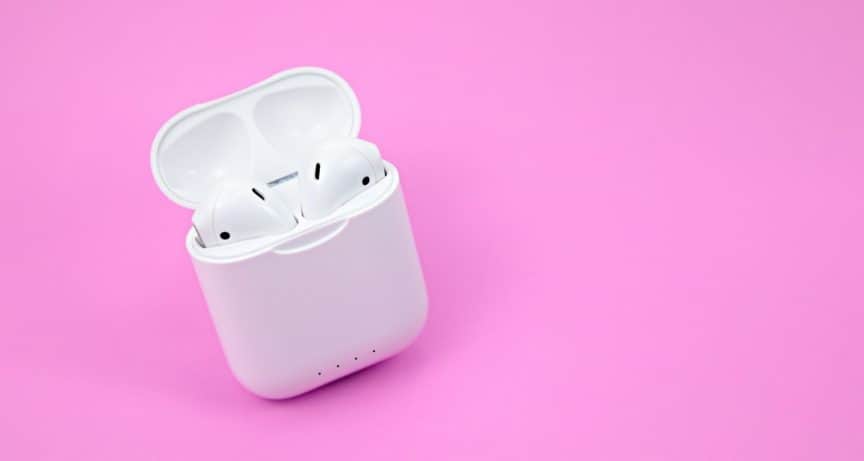Do you suspect you have hearing loss and think you could benefit from hearing aids? Today’s hearing aids offer advancements which far surpass those of the past. While analog hearing aids of the past amplified every sound across the board, today’s digital hearing aids can be programed to amplify only the sounds you struggle with based on your hearing exam. In addition, digital hearing aids offer superior background suppression for noisy listening environments, nuanced amplification for the enjoyment of music and even artificial learning to automatically adapt to different listening environments.
Perhaps one of the greatest convinces of modern hearing aids is their ability to interact with headphones or replace the need for headphones all together. For hearing aid users, finding the most compatible pair of headphones, whether they be over the ear or earbuds, can be confusing, with as many options as there are on the market.
Bluetooth-enabled hearing aids
The beauty of Bluetooth hearing aids is that they can connect wirelessly using radio waves, to your audio device of choice whether it be your smartphone, TV, or stereo. This gives many the option to avoid the use of earbuds and headphones all together and eliminates the annoying task of removing your headphones to listen to audio media. While convenient, using Bluetooth does drain the hearing aid batteries faster and isn’t available on all models.
Hearing Aids without Bluetooth
There are many different models of hearing aids and they often vary based on the degree of hearing loss you have. Not all are designed with headphone use in mind. It’s important to try a ‘trial-and-error process’ when finding the right headphones for you. Make sure to purchase hearing aids which offer a trial period or adequate return policy, to give you the freedom to try different kinds without the threat to your bank account. One of the most important aspects in your journey to find the most compatible hearing aids depends on the model of hearing aids.
In-the-ear (ITE) hearing aids
There are several hearing aids which fit completely into the ear canal. These models include Invisible-in-the-canal (IIC) hearing, completely-in-the-canal (CIC), In-the-canal (ITC) and Low-profile hearing aids which sit inside the ear. The benefit of these designs is that they all fit in the ear making them compatible with most over the ear headphones.
Behind-the-ear (BTE) hearing aids
Those who wear BTE or receiver-in-the-canal (RIC) are often used for more severe forms of hearing loss. Even so these models are often compatible with over the ear headphones. It’s essential that the headphones you choose have a cup large enough to encompass the entire hearing aid and ear. If not, it can pick up external sound which will deliver sounds you don’t want to hear, interrupting your headphone listening experience. Ideally the best headphones for your hearing aids will have headphone speakers which are located far enough away from the hearing aid microphones to avoid issues with audio feedback.
No hearing aids at all?
Sometimes people find that they don’t need their hearing aids while listening to headphones. While headphones are not programed to you specific hearing loss, particularly those with less severe hearing find that the broad amplification of headphone can help them hear clearly. However, there are options for the hearing impaired available on many state of the art headphones. This includes a headphone “equalizer” which allows you to boost low, mid, and high frequencies to suit your unique hearing loss.
Noise cancelling headphones
Others enjoy noise canceling headphones which help to eliminate distracting background noise while listening to headphones. This not only enhances sound quality but avoids the urge to turn up the volume to block out other noises. In the long run noise canceling hearing aids not only keep the volume down but can keep you from doing more damage to your hearing. Headphones are one of the largest causes of noise induce hearing loss. It’s estimated that 1 in 5 teens today have hearing loss, linked to headphone use.
There are so many hearing aids and so many headphones on the market, its common to feel overwhelmed. Fortunately, we are here to help guide you through the process. Our team understands hearing aids, and which headphone are best compatible with each model. To find out more, contact us today.

